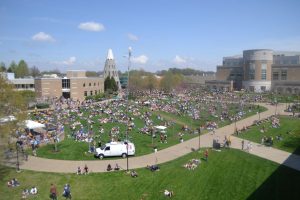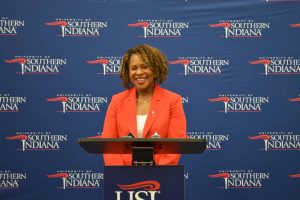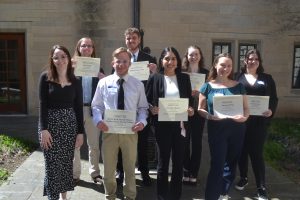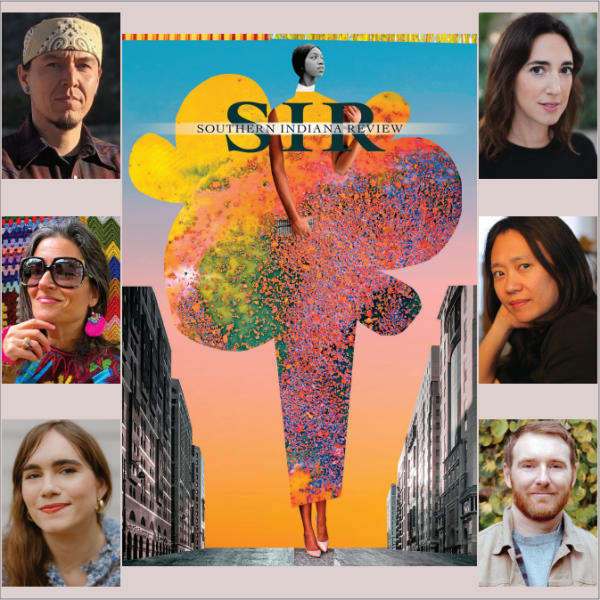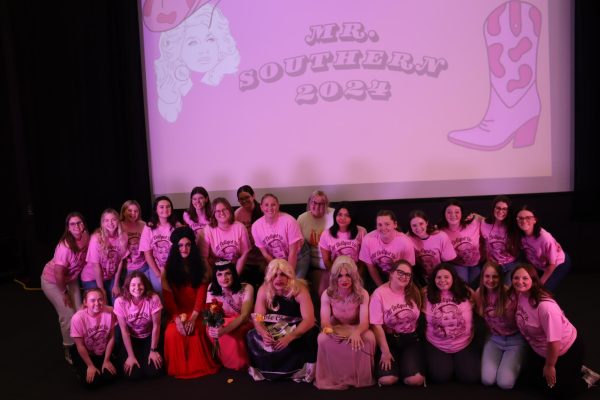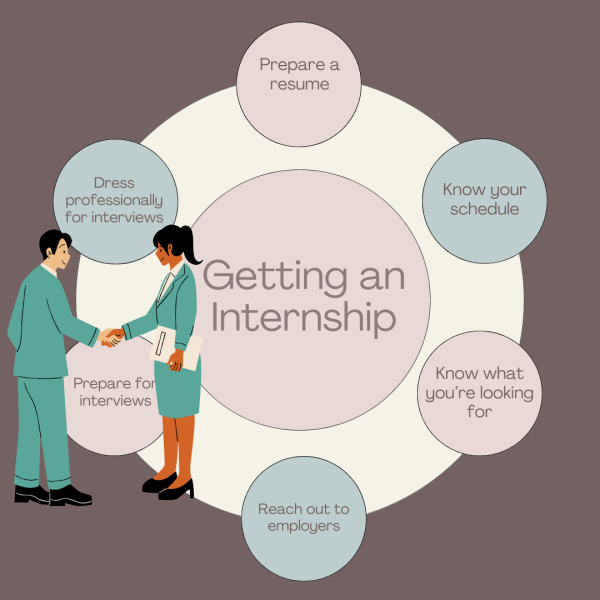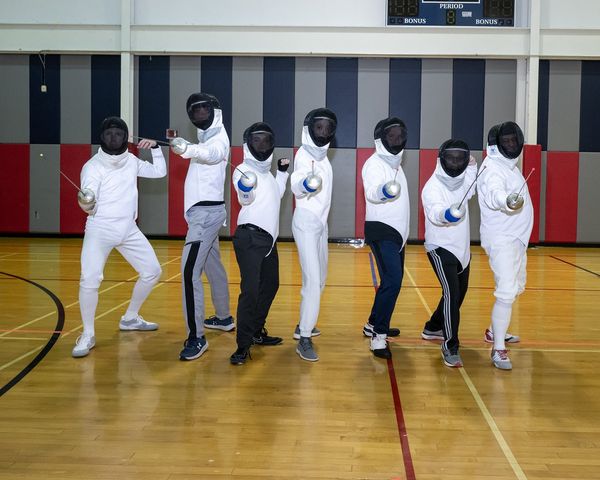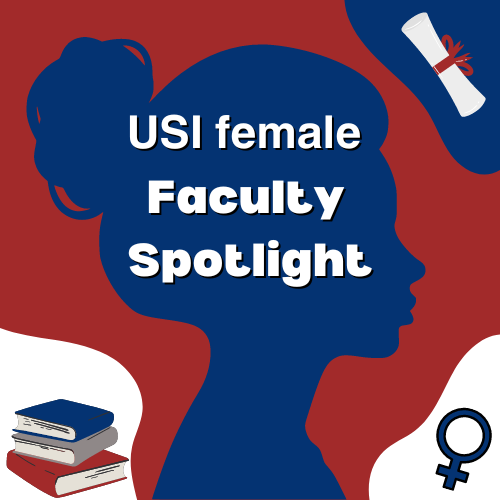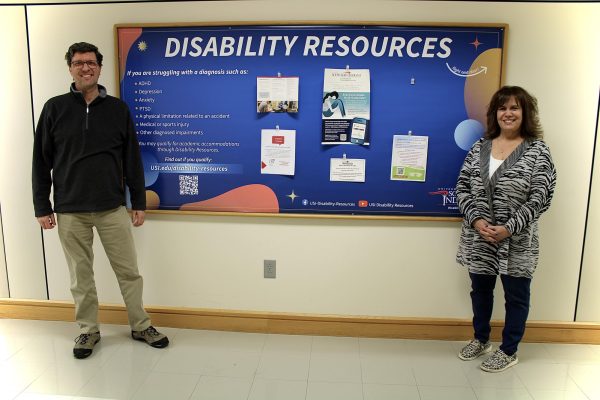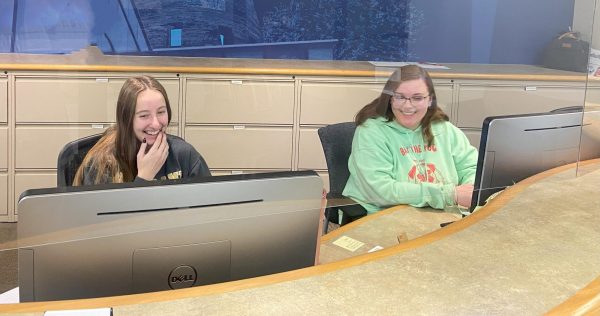Saving Syria
November 6, 2015

Ellen Small Billard knew from age 11 that she wanted to help the Middle East.
After following the war in Syria in the news, she knew it was her time to help.
Billard, an alumna, brought attention to the situation in Syria Monday during “Wings for Dreams: The human face behind the Syrian refugee crisis,” by talking about her organization “Road to Mafraq,” which provides education and assistance to Syrian refugees.
USI’s KESHO (Swahili for “tomorrow”), which works to empower and inspire woman globally as well as raise awareness of global issues in the university community, brought Billard to campus to help inspire people to take action.
Vice President of KESHO Jordan Wright said the organization’s goal is to bring attention to issues people might not know a lot about.
“A lot of people were surprised that there was a war in Syria,” Wright said. “It is important to have speakers come like this and raise awareness for the school.”
Wright said she was excited to hear Billard speak about the refugees’ stories, and learn about how there are fourth graders who read at a kindergarten level because of the crisis.
“It’s horrible,” Wright said. “Billard is going to be getting these students back into school, and helping them to learn. She will be creating schools in Jordan and it’s just really great.”
Billard and her husband chose to name their organization “Road to Mafraq” as a way to partner with the refugees on their journey to Mafraq.
The director said at that four years ago more than 50,000 people had been killed and more than a million were left as refugees in Syria. After seeing the destruction, they connected with NGO (Non-Governmental Organization) in Jordan, which is south of Syria.
“I think it is important to remember that these are real people who are impacted by what is happening,” Billard said. “Those numbers represent real people, those numbers represent real stories and those numbers represent real dreams.”
Billard pointed to a picture of a young man in his mid-thirties named Maher, who was sitting on a camel in front of the Roman ruins in Palmyra, Syria. She said he is a Syrian refugee who chose to flee, instead of staying to fight. Despite being called a coward by friends and family, he couldn’t bring himself to battle.
“He (told me) no matter how much I believe in this cause, and I do, I cannot bring myself to kill,” Billard said.
That’s not typically the picture of the Middle East that is painted for people in America, the director said. Someone who refuses to fight and kill, and risks the social consequences that can come from that, isn’t something people hear about.
“This is now happening to people we know,” Billard said tearing up. “ They are no longer statistics, they are our friends.”
Maher’s family was living in Palmyra until recently, when his whole family was evacuated. Maher lost many close family members including an uncle. Most were beheaded by ISIS, which has now taken over the ruins and at the beginning of last week blew the columns up with people strapped to them.
“It’s an interesting juxtaposition to make,” Billard said. “The simultaneous destruction of humanity in Syria, as well as the destruction of the country.”
Billard said as of right now there are over four million Syrian refugees that have had to leave their country and another seven to eight million that have been internally displaced inside Syria.
“They are willing to risk death, willing to risk drowning and willing to risk being shot at the borders to give their families hope,” Billard said. “In order to give their children wings for dreams.”
The consequence of having a whole generation of children that are uneducated is morally wrong, Billard said. She is determined to provide a learning environment for the children.
Billard showed a picture of a 10-year-old boy with “always a good day” written across his shirt. She said he had sand flies and scabs all over his face from infection. The boy ended up in the hospital fighting for his life two months after his photo was taken. Both him and his brother had immediate surgery and survived. Others aren’t so lucky.
Hasaan, another 10-year-old boy, hadn’t been to school in three years but was able to extend thanks to the organization. He dreams of one day becoming an engineer and was already making appliances in Syria before his family fled, she said. He now has a chance to make a future and pursue his dream.
Mahmud, a 13-year-old boy, designed a piece of artwork for his school that he calls “The Pigeon of Peace,” Billard said.
“He (told me) he has seen so much destruction and war, that he wants his school to be characterized by peace,” Billard said. “He is only 13.”
Billard said everyone she spoke to said this is who they are now, but back in Iraq or Syria they had so much that they had to leave. Some even left their dreams behind.
“In Syria I was an attorney and here I am not even human, I am a refugee,” Billard said a young man told her.


